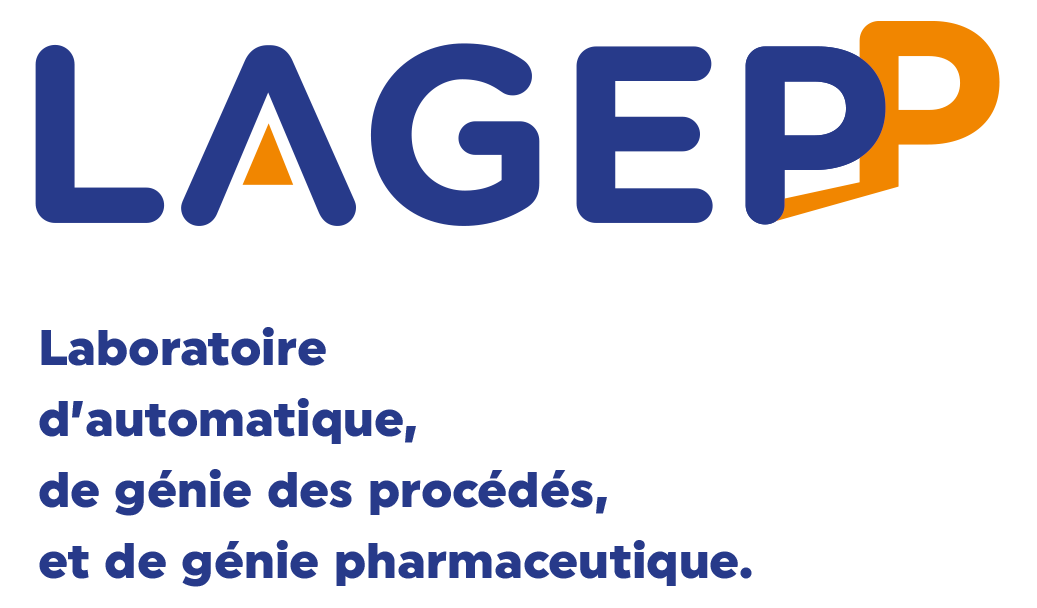3.9 Membranes Contactors for Intensified Gas–Liquid Absorption Processes
Résumé
The absorption of a gaseous solute in a liquid is a classical unit operation with a large number of applications in numerous industrial sectors. A direct contact between the gas and liquid phase in order to promote mass transfer is classically applied for industrial equipment (trays, packings, stirred tanks, Venturi scrubbers, etc.). The concept of membrane contactor for gas–liquid absorption (or stripping, i.e., gaseous-solute removal from a liquid), which makes use of a gas-permeable membrane interposed between the gas and liquid phase, has been recently proposed and shows several advantages: possibility to independently control the gas and liquid flow rates, no sensitivity to orientation, no foaming or entrainment problems, and larger compactness. The latter characteristic, also named intensification, is of major interest. It is potentially achievable due to the very large specific gas–liquid interfacial area provided by membrane modules, but it also requires the membrane mass-transfer resistance to be as low as possible. The different types of membrane materials (microporous hydrophobic and dense-skin composite) are detailed, and the associated properties and mechanisms, which govern mass-transfer properties, are presented. Wetting, fouling, and degradation issues are more specifically discussed, with the associated impact on membrane mass-transfer performances. The different levels of modeling that can be proposed for the simulation of a membrane-contactor module are shown, with a gradual complexity approach. The key role of the membrane mass-transfer coefficient is highlighted. The different applications of membrane contactors are finally presented: blood oxygenators, oxygen removal (food, microelectronics, and pharma), carbonated beverages, aromas or volatile compounds recovery, effluent treatment, bioreactors, etc. Postcombustion carbon capture and natural-gas treatment could generate important new markets for which process intensification is of key interest. The challenges and perspectives of membrane contactors, with a particular emphasis on process intensification framework, are finally discussed.
| Origine | Fichiers produits par l'(les) auteur(s) |
|---|

